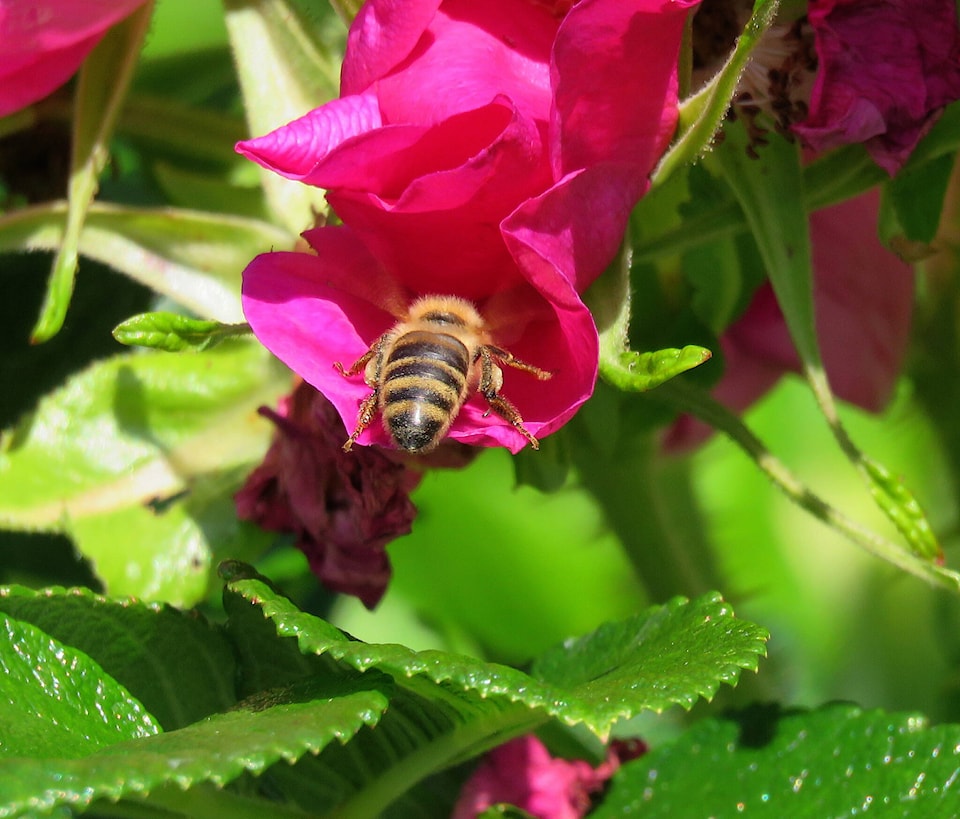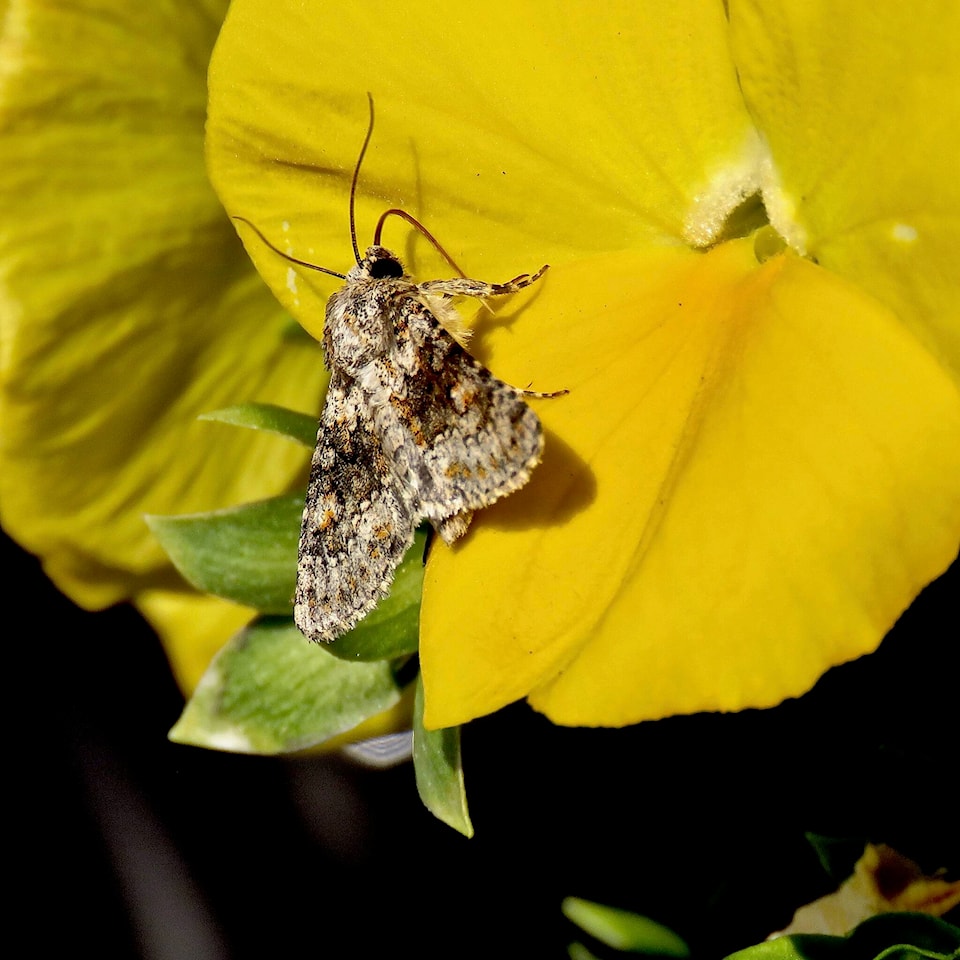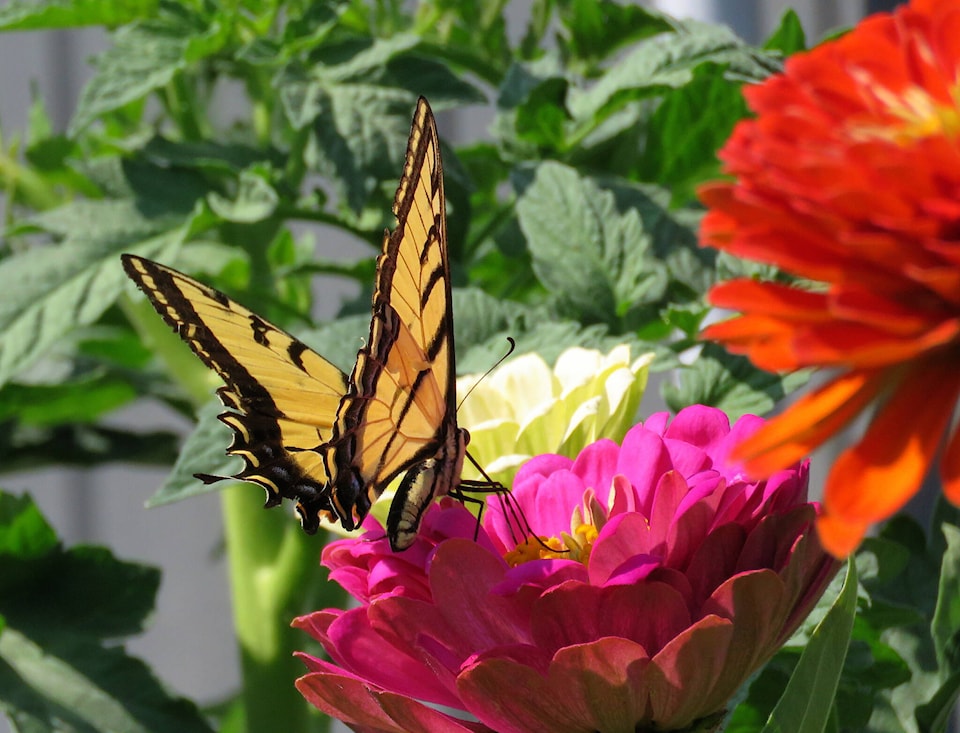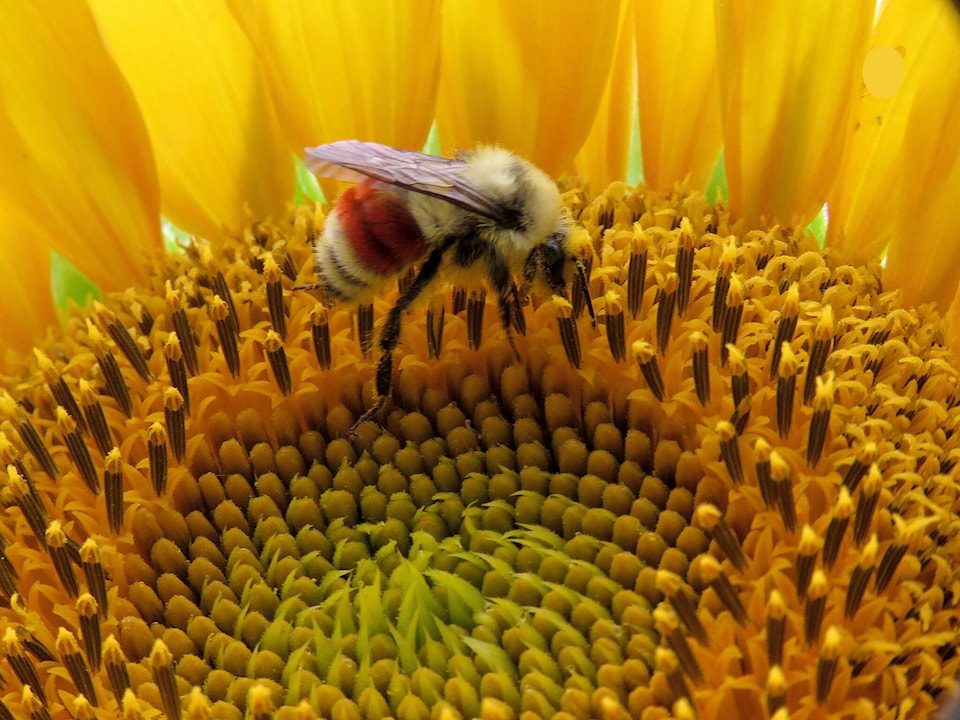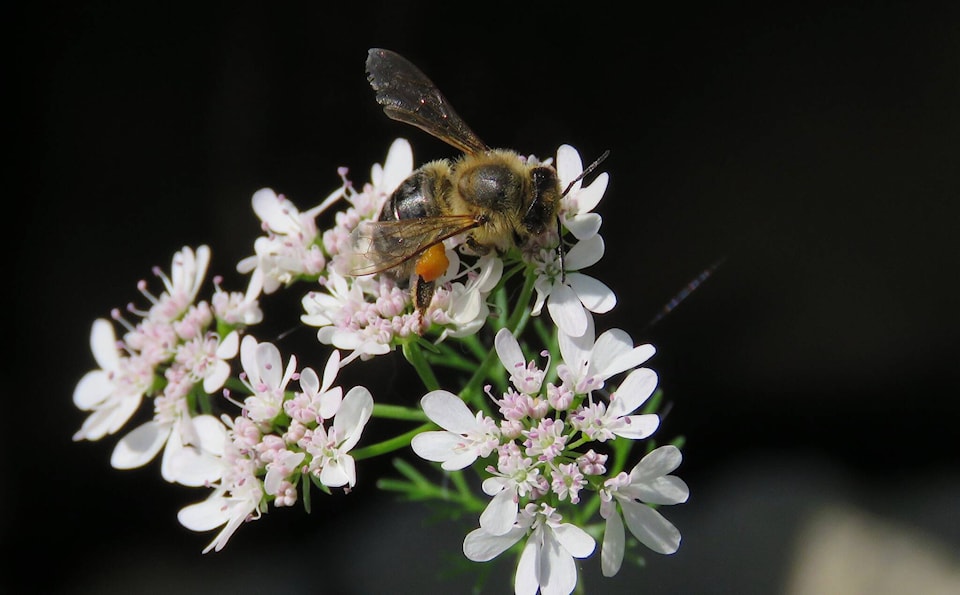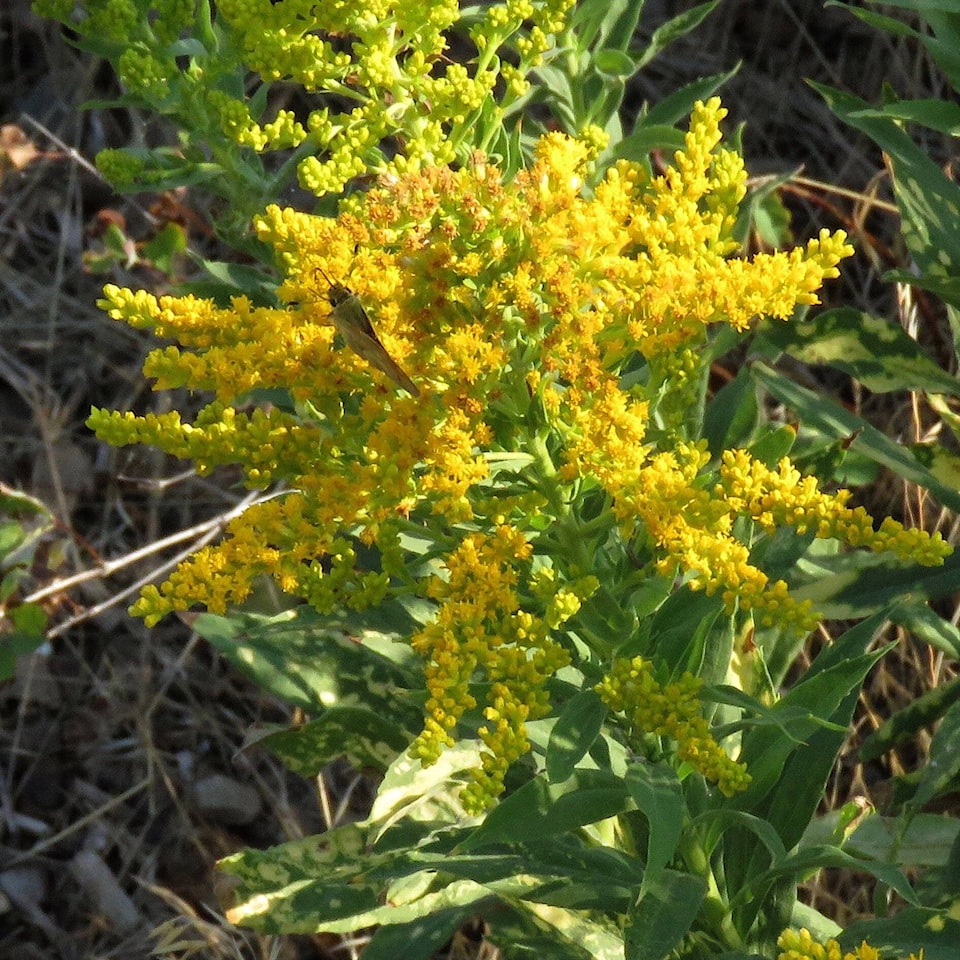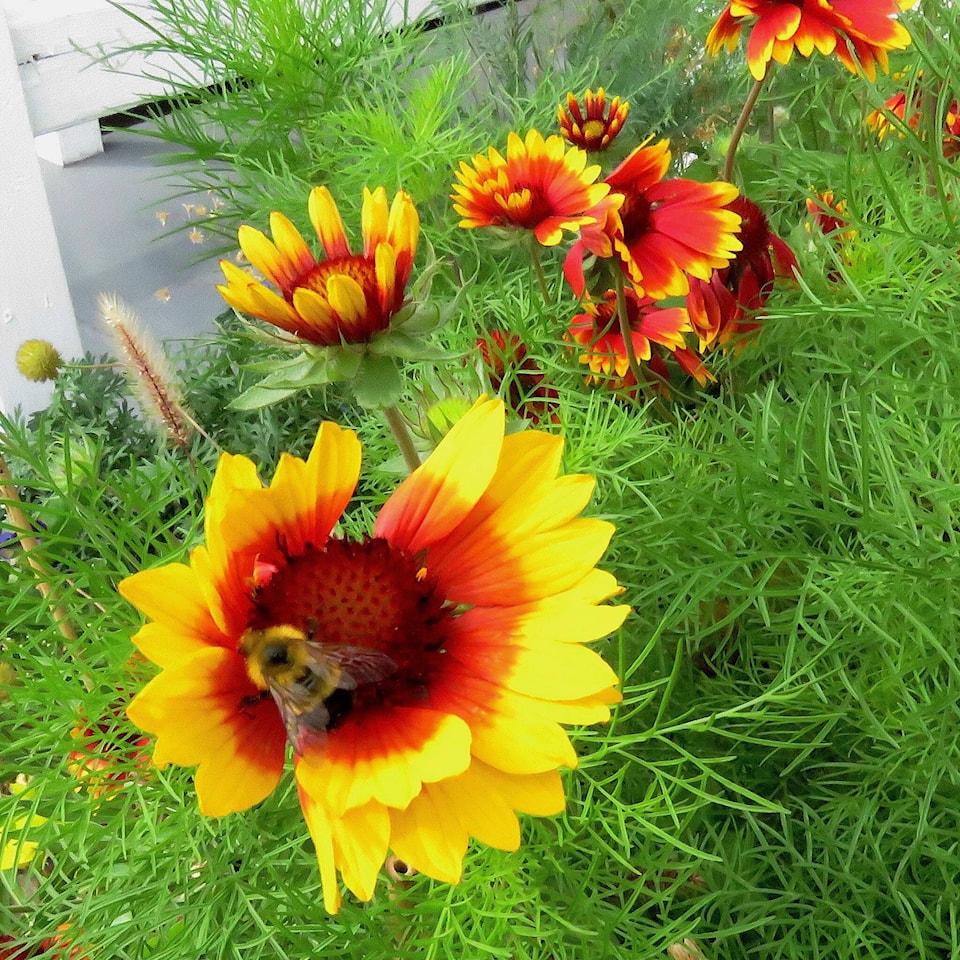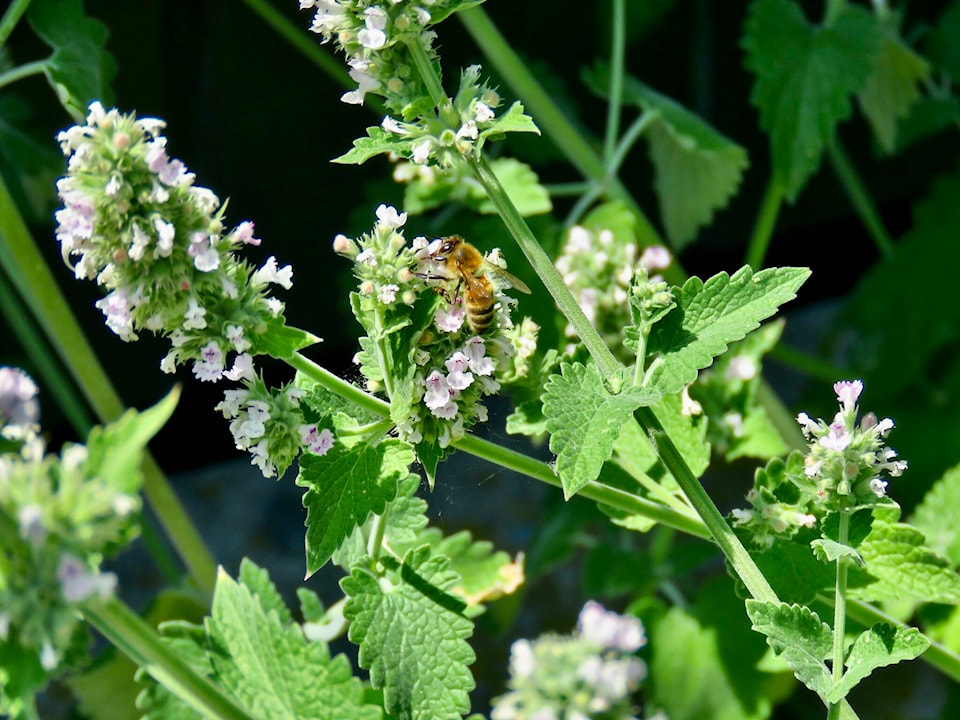~Column: Dianne Bersea
On a recent shopping excursion my passenger yelped…”Look at that!” On the verge of the parking lot, a riotous bloom of pink roses filled almost the whole block! This wasn’t the usual spring display, but a solid crown of colour taller than a person and easily as wide.
Astonished, these beautiful, overflowing rose bushes said “look closer!” I leaped from the car to inspect rose blossoms so thick I could barely see the bush. I did detect the hum of bees even before I saw them.
Although not in the bee profusion I expected there was a nice gathering of bees and other insects, busy at their work, collecting nectar (food), and pollen, a side hustle for larvae food and pollination of other plants.
The roses seem to relish the cooler, wetter spring, but the bees…not so much. Most bees and other insect pollinators need temperatures at least 12 C for comfortable flying weather. They do best in the mid 20’s Celsius, and struggle when temps exceed 35C. So do I!
Larger bees, like the bumbles are tougher and often appear earlier than their smaller bee relations. When we had a bit of a temperature rise, more bumbles, other smaller bees, wasps, and flies (of course) became more active. At a local natural lagoon, where I was busy lamenting the loss of a very bee friendly plant (sadly identified as invasive), the largest bumble I’d ever seen, flew in to sample another introduced species…hoary cress.
A quick photo was enough for a solid Nevada Bumble bee identification on inaturalist, a very helpful web program. Although Nevada bumbles are present throughout Western North America this one isn’t that common in my neighbourhood, but I’ll be on the lookout now.
That’s the thing, we need to tune up our observation skills. A bee is not just a bee; it can be another bumble bee species, a domestic Western honey bee, or one of many other bees of all shapes and sizes. Then there are the bee look-a-likes, wasps, beetles and even flies that mimic bee attire. Let’s not forget butterflies and fritillaries! Or dragonflies too!
Although bees are the most prolific pollinators, even birds are pollinators as they go about their business. Some plants have designed themselves to attract specific pollen collectors.
Have you ever watched a bumble bee push right inside a snapdragon flower, or been surprised when a small bee-like hover fly disappeared inside a fuchsia bell?
That bell shape protects both pollen and nectar from the rain, welcoming pollinators when other resources are dampened.
One of my favourite bee attractors is Russian sage for its appealing small purple flowers and hardiness.
Sadly, most petunia’s are not popular with pollinators. But watching my garden visitors suggests borage, bee balm & sunflowers; poppies, zinnia’s, catmint, clover and chrysanthemums plus purple cornflowers, are excellent additions for most south central BC gardens.
Welcome the pollinators with variety in flower shapes and colours for positive fruit set and successful pollination of other garden plants!
To contact Dianne please go to writer@diannebersea.com
